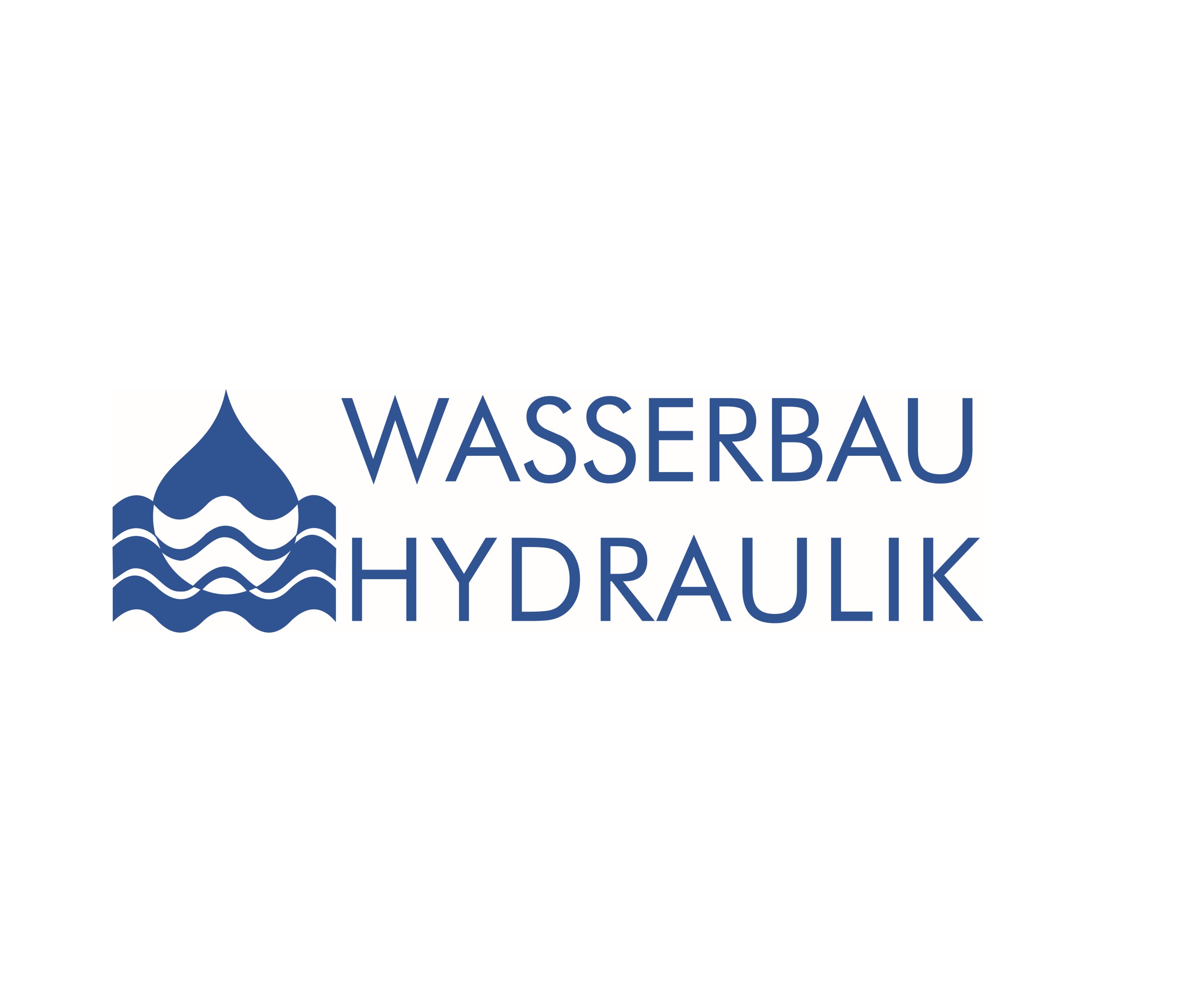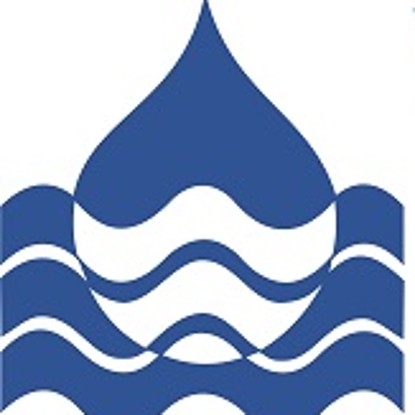Flowing waters have a decisive impact on the interaction between humans and the environment. Waters are the most important basic resource of nature and, as history shows, also an essential factor in the earth and the development of human cultures. Our flowing waters have been increasingly adapted to human needs and converted into ribbons of settlement and commercial alleys. In the process, their original function and appearance have been greatly altered:natural landscapes became cultural landscapes.
In addition to the natural hydraulic, morphological and ecological requirements of a watercourse, it also had other functions as a source of drinking and service water, a supplier of fish and raw materials (e.g. gravel, sand, etc.), a source of energy, a transport and traffic route and, last but not least, a disposal path for wastewater and waste. In order to meet these demands on flowing water, water management has used various methods of hydraulic engineering.
With the entry into force of the European water Directive in 2000, the member states committed themselves to improving the ecological quality of flowing waters as quickly and sustainably as possible in order to make the habitats available to the Flora and Fauna that are necessary for the preservation of several species and populations. To this end, watercourse development planning is taking place, which uses engineering-biological construction methods to provide developed watercourses with flow structures and to initiate self-dynamic watercourse morphological developments.
The Department can participate in all phases of watercourse development planning and maintenance planning. For this purpose, various methods and model approaches as well as extensive equipment for monitoring projects are available.











